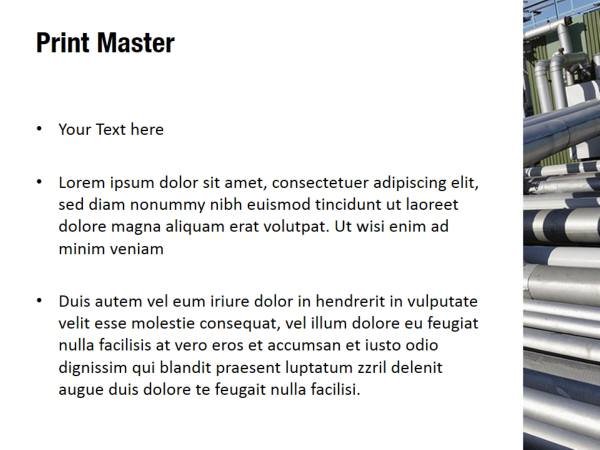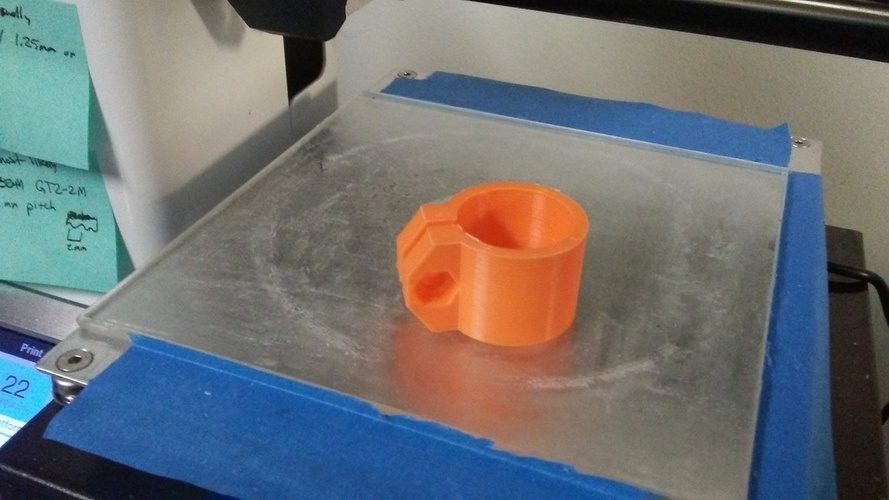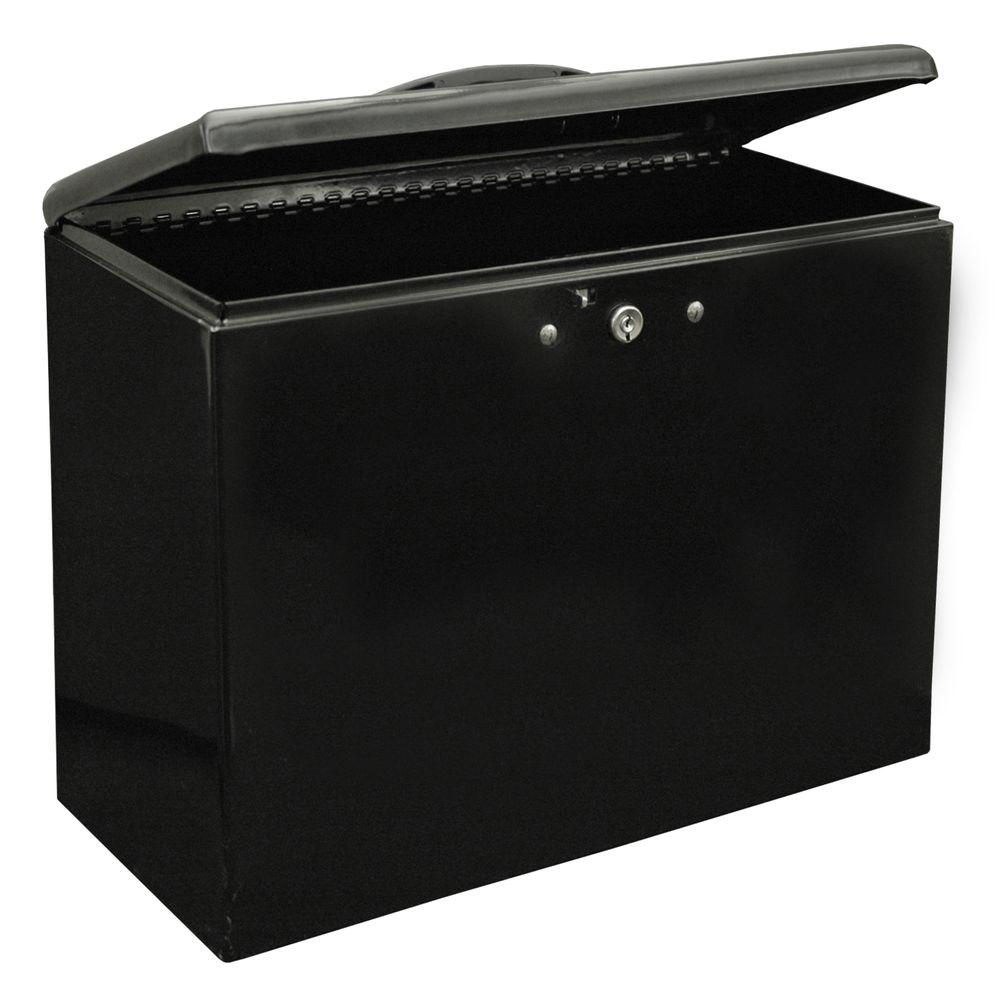

In the screenshot above I've used + Secure file to upload a file called config (which in this particular case is a file that contains credentials for connecting to an Azure Kubernetes Service cluster). You can find this by navigating to Pipelines > Library and then clicking the Secure Files tab: No matter though, as Azure DevOps provides a solution through Secure Files. This works well for plain text, but what if you have more complicated requirements, such as secrets contained in a file that can't simply be copied as plain text in to a standard variable? Sure, there are solutions external to Azure DevOps that you could use ( Azure Key Vault for example) but you could end up using a sledgehammer to crack a nut. If you've created a Build or Release pipeline in Azure DevOps you've probably used the Variables feature to store either plain text or secret variables that can be passed in to the build or pipeline:

SECURE PIPES FILES FULL
The full list of posts is here and if you have any suggestions for other posts please leave a comment! In this blog post series I'm attempting to shine a light on some of these hidden gems for the benefit of others. All other things being equal, 'normal' anonymous pipes (created with the pipe (2) system call or the shell's familiar syntax) are always going to be more secure than named pipes because there are fewer ways for something else outside the system to get ahold of either one of the ends of the pipe. safe harbor, the placement agent must take care not to.
SECURE PIPES FILES REGISTRATION
I've been working with Azure DevOps quite a lot recently (having used its predecessors for many years) and I'm constantly amazed by features I never knew existed or which I vaguely knew existed but hadn't fully appreciated. The command line you are suggesting is secure. securities and usually requires the issuer to file a resale registration statement covering the.

Azure DevOps Hidden Gems #1 – Use Secure Files in a Build or Release Pipeline Posted by Graham Smith on JNo Comments (click here to comment)


 0 kommentar(er)
0 kommentar(er)
